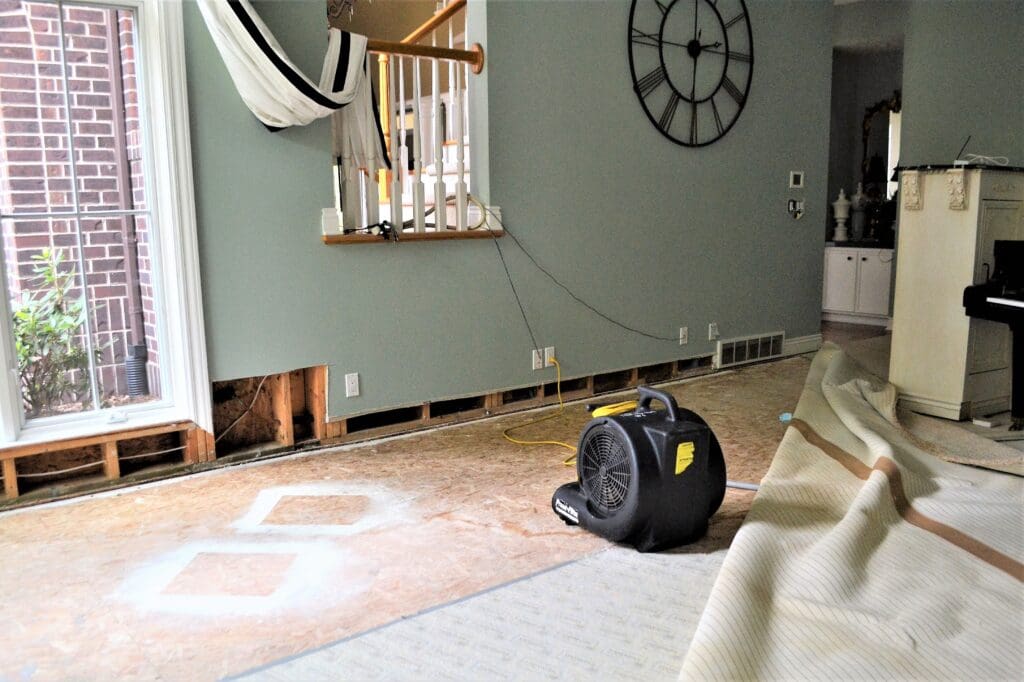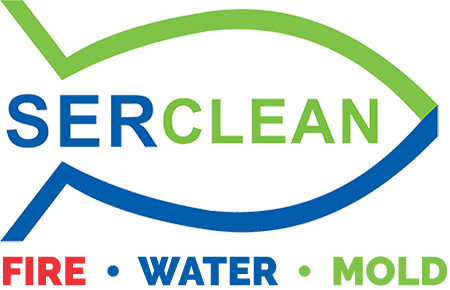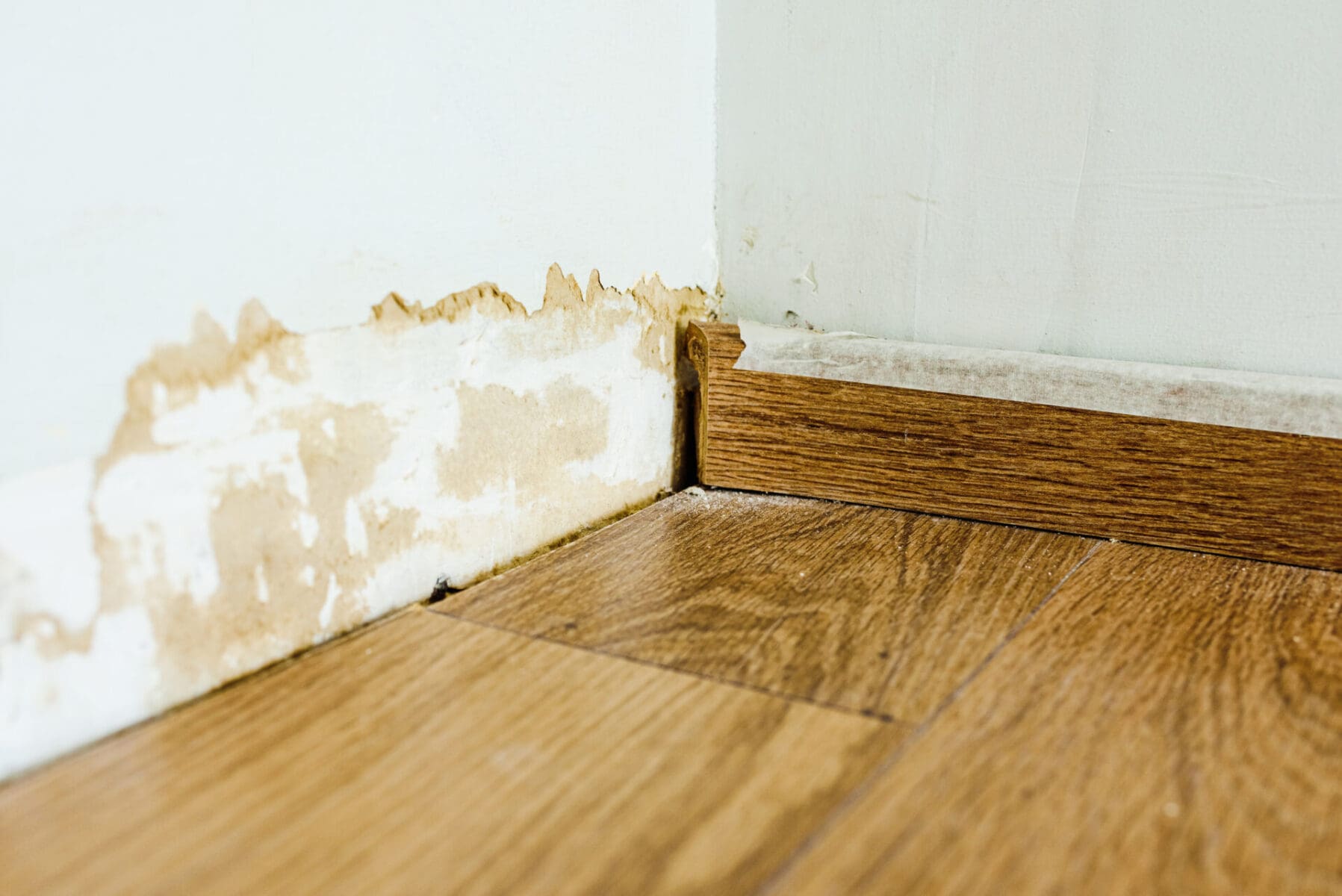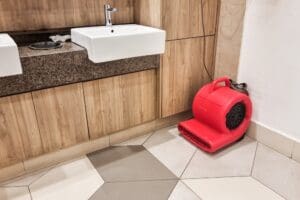Water damage is one of those household problems that starts small but can spiral out of control. A dripping pipe behind the wall or a slow leak in the ceiling may not seem urgent at first—until it turns into mold, weakened structures, or thousands of dollars in repairs. In fact, the average water damage insurance claim costs homeowners over $11,000, according to industry data.
The good news? Most serious damage can be prevented with early detection. By learning the key signs of water damage in your home, you’ll know when to take quick action, saving both your property and your peace of mind.
Why Identifying Water Damage Matters
Catching water damage early can save you thousands. It’s also about protecting your family’s health and the long-term integrity of your home.
Water can be incredibly destructive, and mold can begin to grow within 24–48 hours of moisture exposure, leading to respiratory issues and costly cleanup. Foundation issues and electrical hazards can also jeopardize safety.
When To Call a Professional for Water Damage
Some minor issues, like tightening a faucet or replacing weather stripping, can be handled on your own. But in most cases, hidden leaks, soaked drywall, or musty odors call for professional help.
A trusted company like Serclean offers 24/7 inspections and restoration services to stop water damage before it spreads.
Visible Signs of Water Damage Inside a Home
Stains or Discoloration on Walls & Ceilings
Brown or yellow stains are one of the most obvious giveaways. These marks often appear as rings or blotches on ceilings, drywall, or around windows. Even a small stain means moisture has already seeped through, so it’s never just cosmetic.
Bubbling, Peeling, or Cracking Paint
When paint or wallpaper starts bubbling, peeling, or cracking, it’s usually because moisture is trapped beneath the surface. This sign often appears in bathrooms, kitchens, or near windows where condensation and leaks are common.
Warped Floors or Baseboards
Wood naturally swells when exposed to water. If you notice warped floorboards, buckling laminate, or baseboards pulling away from the wall, it’s time to investigate. Left unchecked, water can rot subflooring and even compromise the structure.
Musty Odors or Mold Growth
That damp, earthy smell in a basement or closet is often the first sign of hidden water damage. Mold not only damages materials but can trigger allergies, asthma, and other respiratory issues. If you spot black, green, or white mold growth, professional mold remediation is essential for long-term safety.
Hidden Water Damage Indicators
Not all water damage announces itself with stains or odors. Some of the most costly problems are the ones you can’t see right away. Here are subtle but critical signs to watch for.
Unusually High Water Bills
If your water bill suddenly spikes without explanation, a hidden leak could be the culprit. Small drips from slab leaks, broken pipes, or faulty appliances often go unnoticed but add up over time. Aside from wasted water, these leaks may be slowly damaging floors, walls, and foundations. Professional leak detection can identify the source before it escalates.
Soft or Sagging Drywall
Press gently against suspicious walls or ceilings. If they feel soft, spongy, or sag under light pressure, water has likely weakened the drywall. This is a late-stage warning sign and usually requires immediate repair.
Electrical Issues
Water and electricity never mix. If lights flicker, breakers trip frequently, or outlets stop working, hidden moisture could be affecting the wiring behind your walls. Electrical issues tied to leaks should always be treated as urgent, since they pose serious safety risks.

How to Check for Water Damage Before Buying a Home
Buying a home is one of the biggest investments you’ll ever make. The last thing you want is to move in and discover costly water problems.
Here’s a simple checklist to follow during a walk-through or DIY inspection.
- Look for stains on ceilings, especially near bathrooms and kitchens.
- Check around windows and doors for soft wood, bubbling paint, or mold.
- Walk across floors slowly. Warped, uneven, or creaky areas may indicate moisture underneath.
- Smell for musty odors, particularly in basements, closets, or crawlspaces.
- Inspect under sinks and around appliances for puddles or corrosion.
- Examine the roof and gutters for missing shingles, sagging areas, or improper drainage.
- Review the seller’s disclosure and request records of past leaks, repairs, or extraction services.
Red Flags You Shouldn’t Ignore
Be sure to watch for red flags like:
- Large stains that suggest recurring leaks.
- Mold growth in multiple areas of the house.
- Strong musty odors even after cleaning.
- Recently repainted or re-paneled walls that may be covering damage.
If you spot any of these, it’s worth bringing in a licensed inspector or restoration expert to evaluate the risks. A small upfront inspection fee could save you thousands in unexpected repairs.
What to Do if You Spot Signs of Water Damage
Discovering water damage can feel overwhelming, but taking the right steps quickly can minimize costs and protect your home. Here’s what to do if you notice any of the warning signs:
- Shut off the water supply to stop active leaks. Locate the main water valve in your home and turn it off if you can’t find the source.
- Turn off electricity in affected areas to reduce the risk of electrical hazards.
- Document the damage with photos and videos. These will be essential for insurance claims.
- Remove valuables and furniture from the affected area to prevent further damage.
- Start drying the area with fans and dehumidifiers if the damage is minor.
Call for professional help, especially if the damage involves walls, flooring, or possible mold. Emergency services like emergency plumbing can address urgent leaks immediately.

Why Professional Restoration is Critical
While DIY fixes can handle surface issues, they often miss the bigger picture. Moisture trapped behind walls, under flooring, or inside ductwork will continue to spread unless properly treated. Professional restoration ensures:
- Water removal and repair with industrial-grade equipment.
- Mold prevention and remediation to protect health.
- Structural inspection to catch hidden damage.
- Long-term safety and peace of mind knowing the problem was addressed correctly.
When in doubt, always lean on a certified restoration company like Serclean for repairs that keep your home safe and dry.
Get Expert Help for Water Damage Concerns
Recognizing the signs of water damage is the first step toward protecting your home, but true peace of mind comes from knowing you’re not facing it alone.
As a trusted, family-owned restoration company, Serclean has over 25 years of experience helping homeowners and businesses throughout Georgia and Tennessee recover from water damage. Our certified technicians provide:
- Thorough inspections to identify the source of the damage.
- Professional water extraction and drying with advanced equipment.
- Full-service repair and reconstruction for damaged walls, floors, and ceilings.
- Mold prevention and remediation to keep your air safe and clean.
- 24/7 emergency plumbing response for urgent leaks or burst pipes.
Call anytime. We’re here 24/7 to keep your home safe, dry, and protected.


